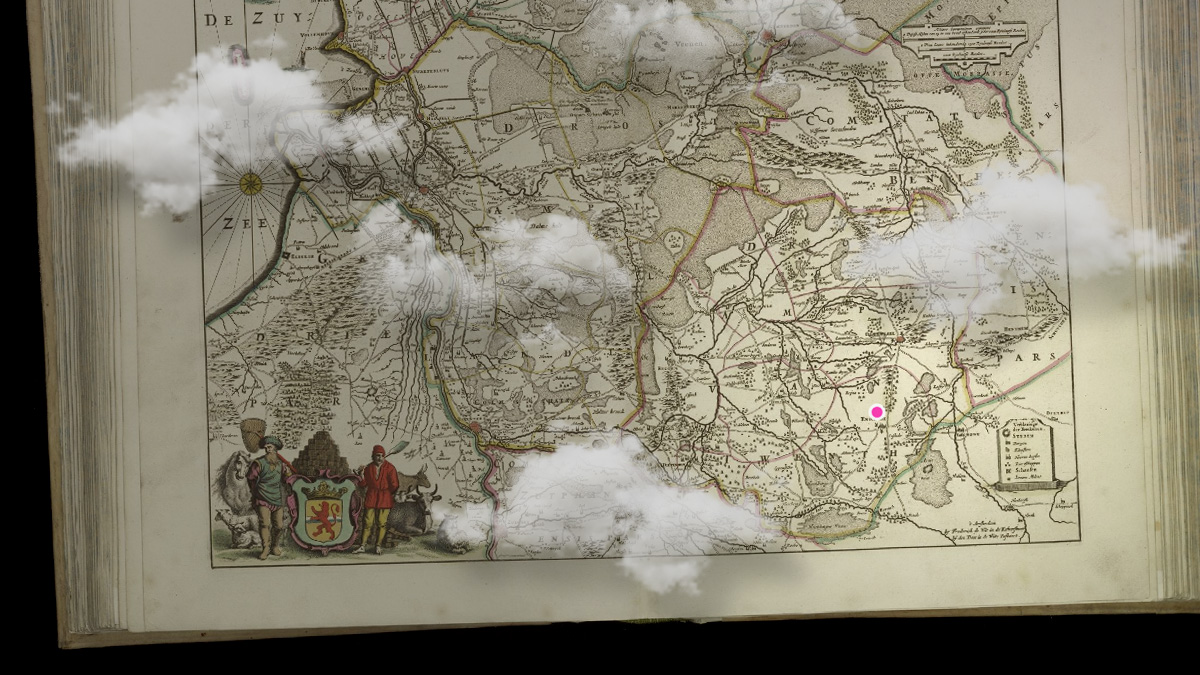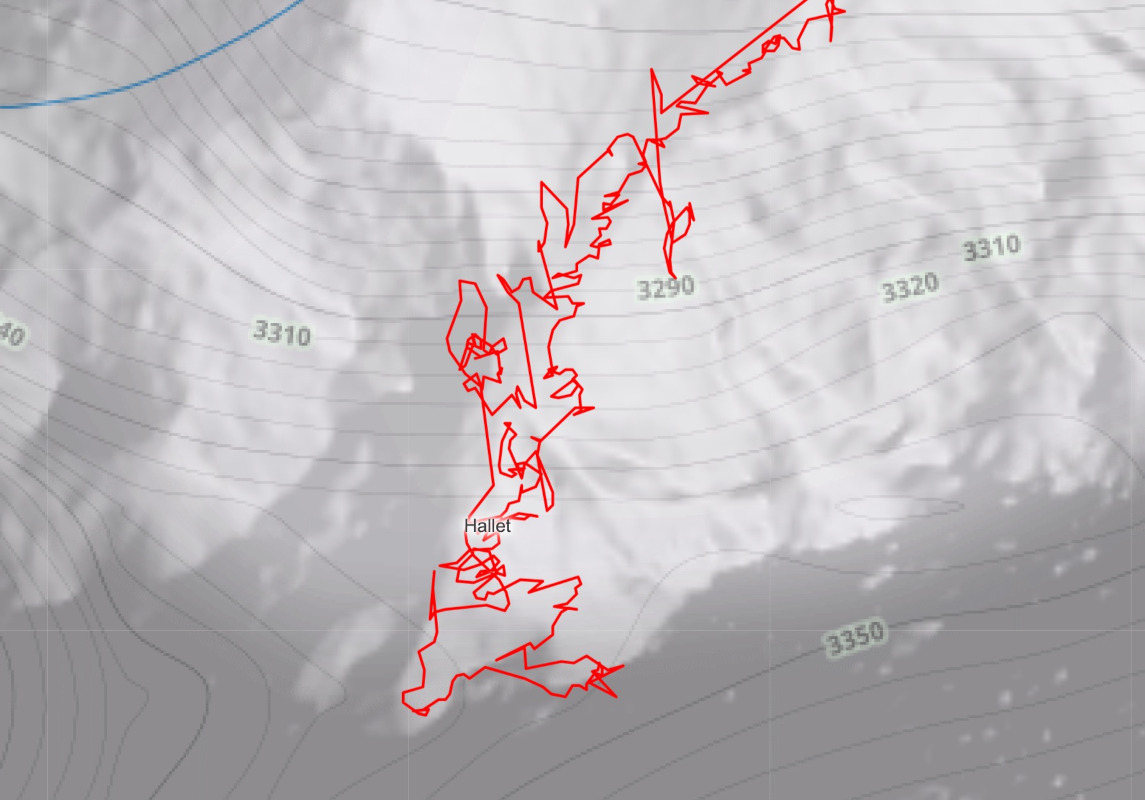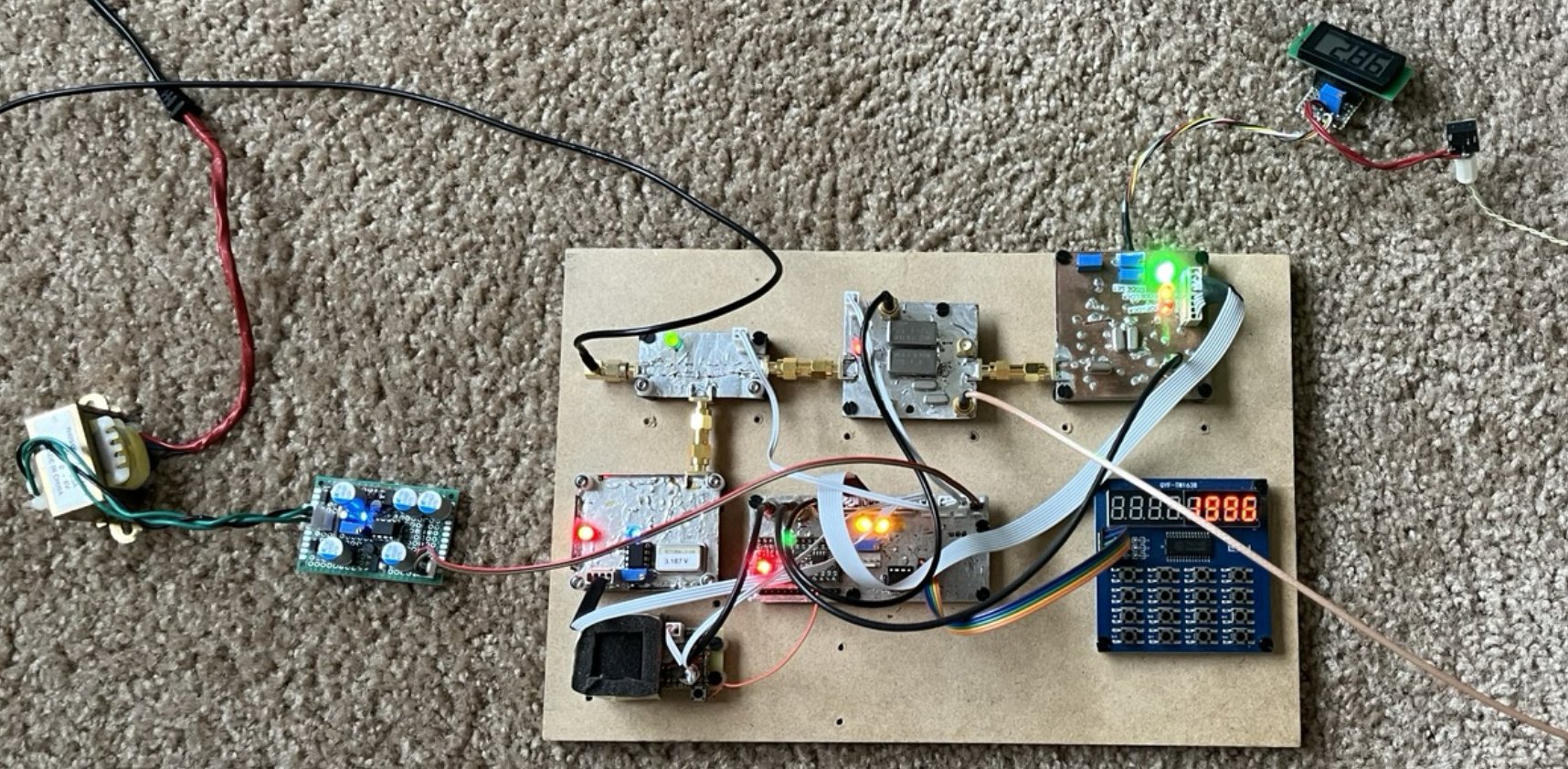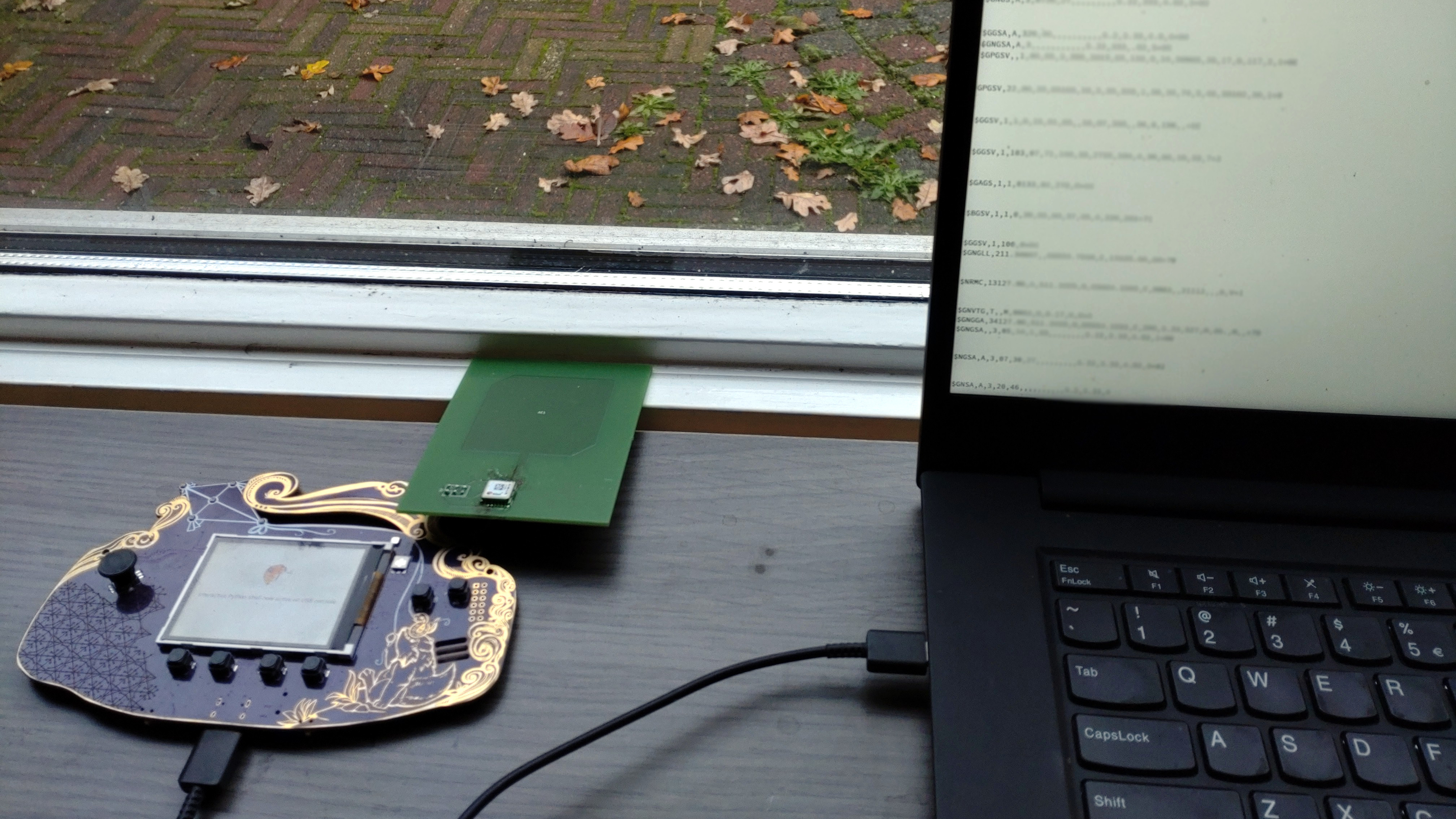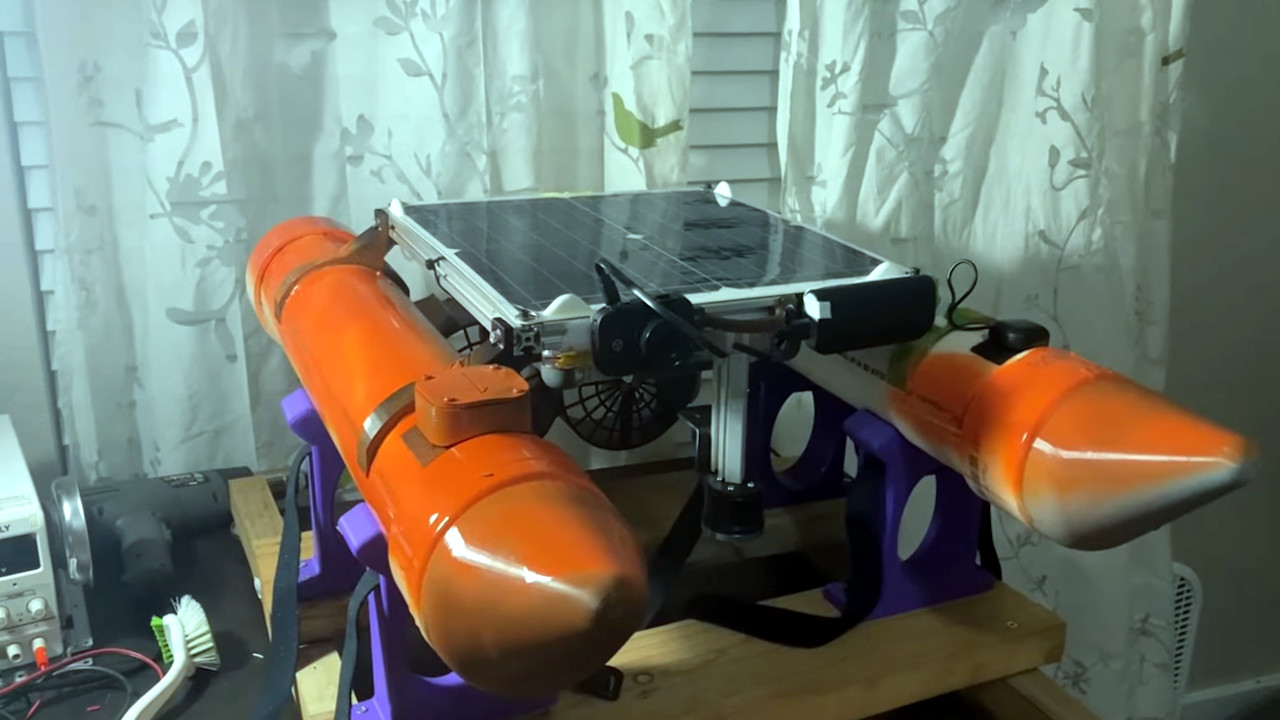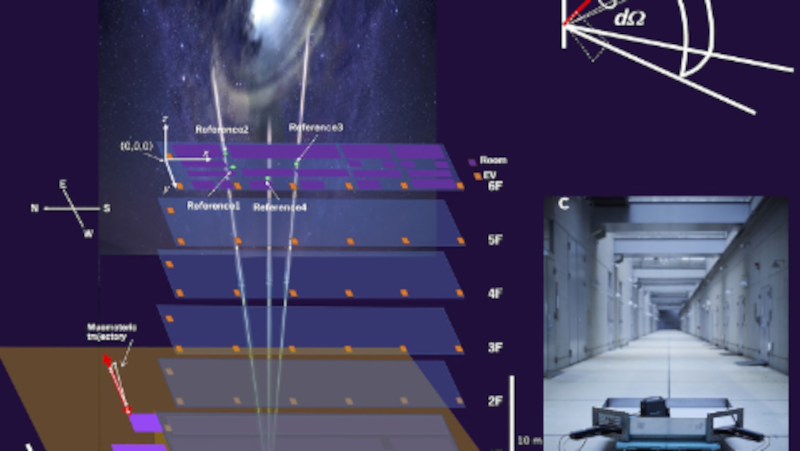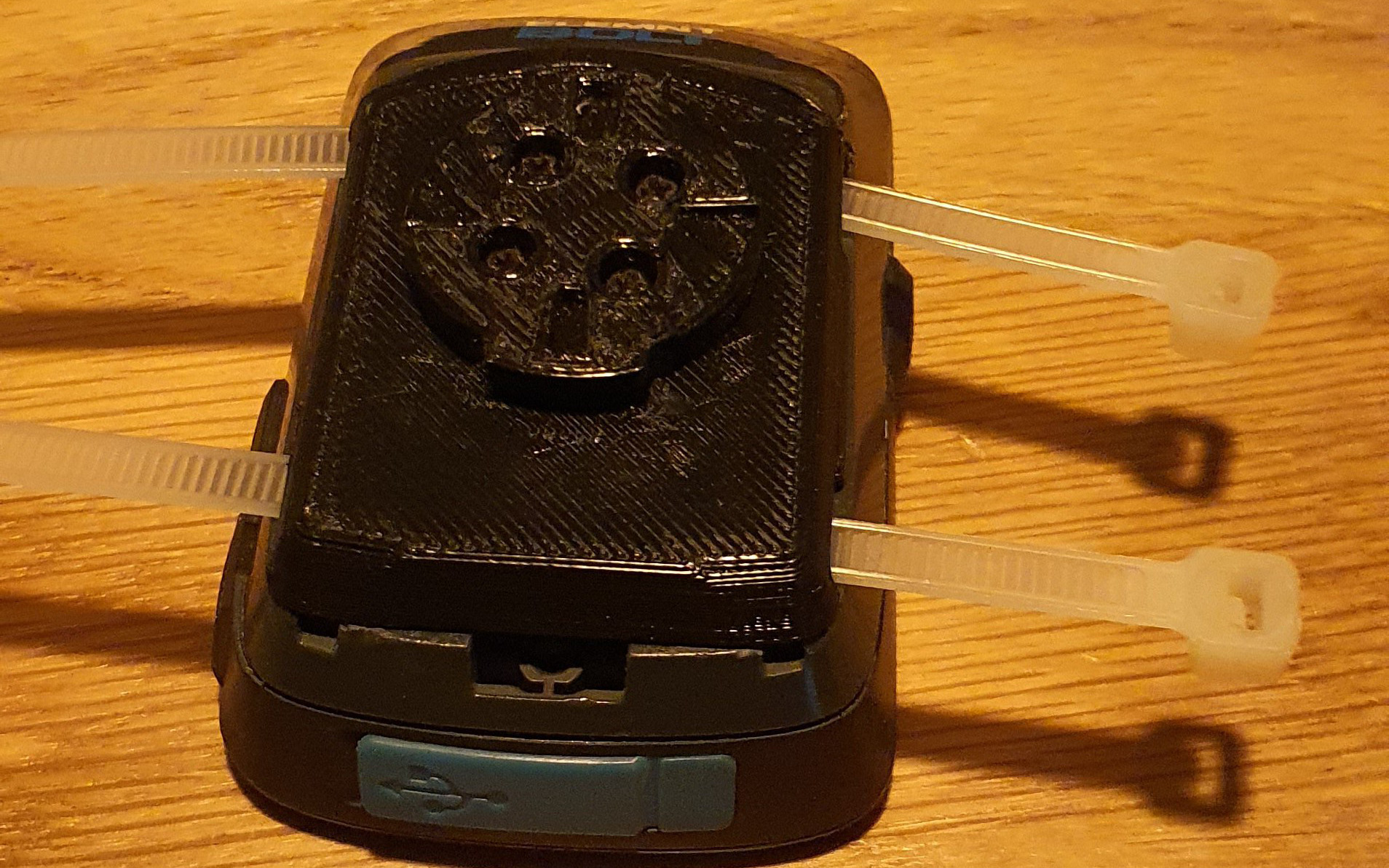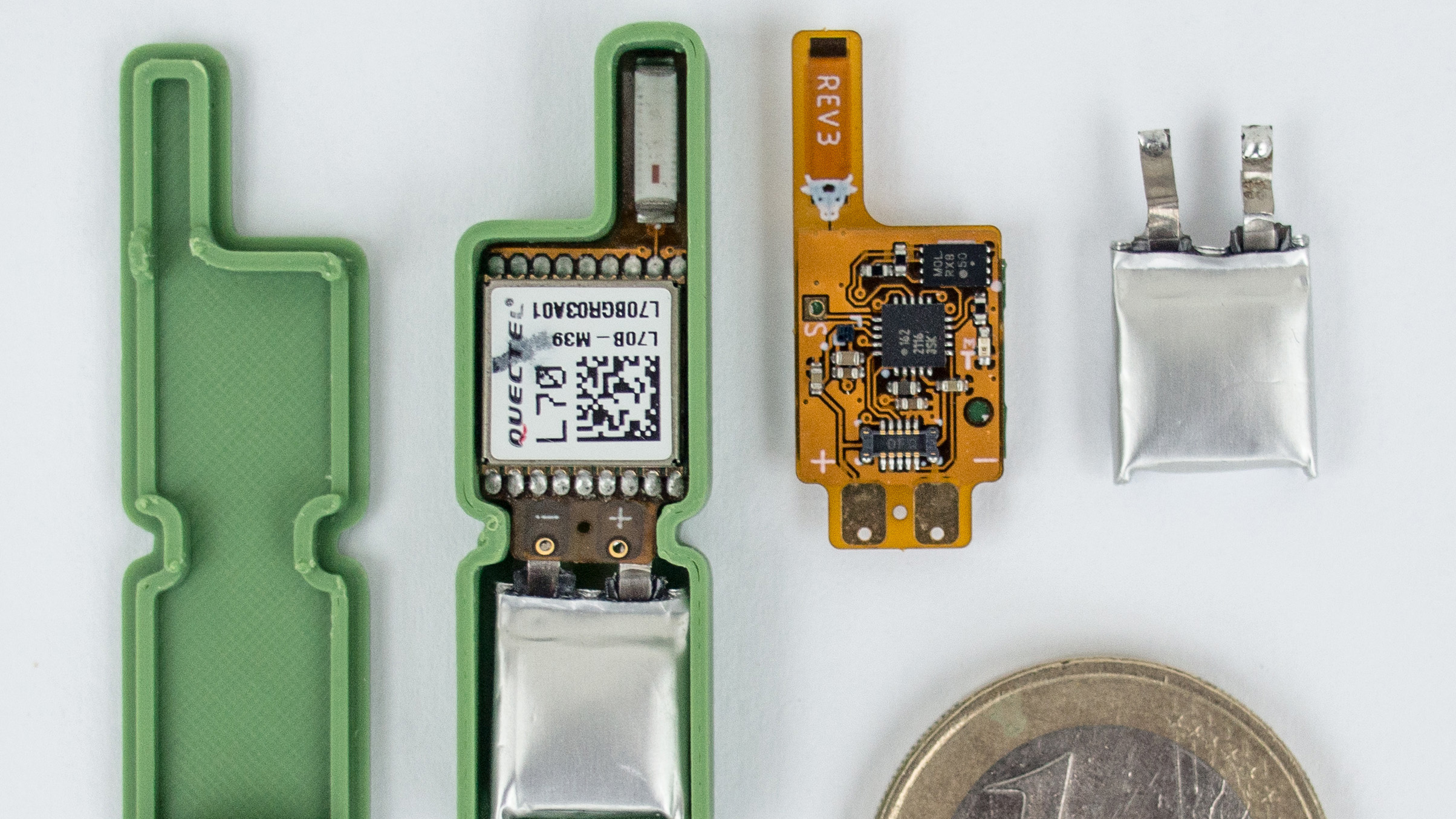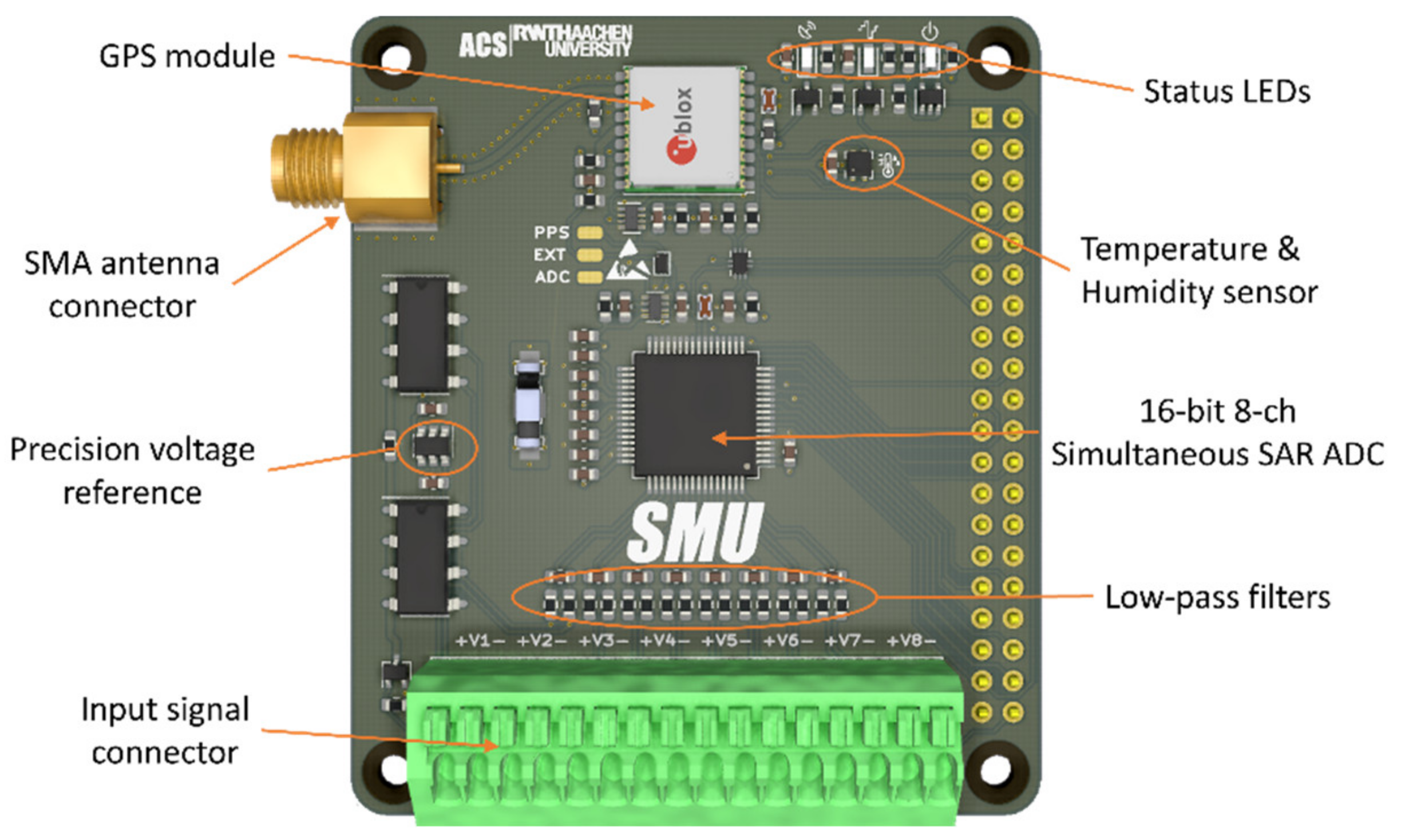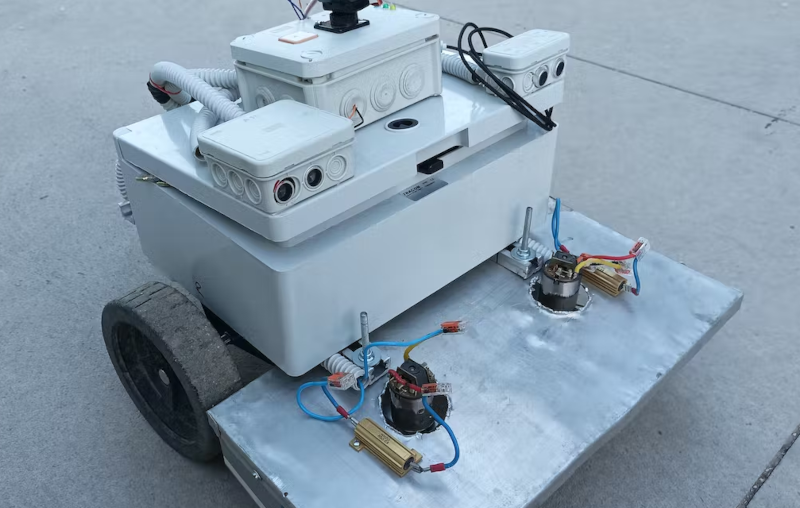2 Likes
#gpshacks
3 Likes
2 Likes
2 Likes
2 Likes
1 Shares
4 Likes
2 Shares
3 Likes
3 Likes
5 Likes
1 Shares
One person like that
2 Likes
One person like that
4 Likes
One person like that
1 Comments
One person like that
2 Likes
One person like that
One person like that
One person like that
